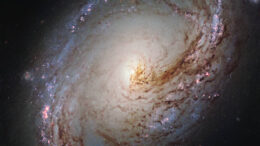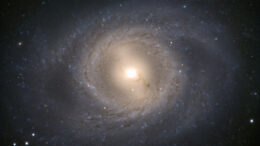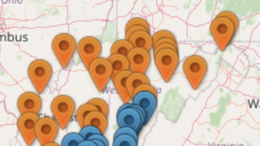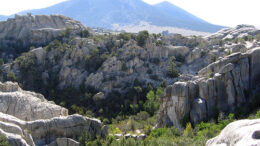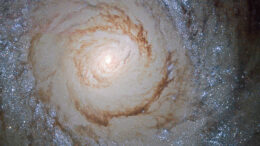Connecticut 2024 Solar Eclipse State Park Resources
For those looking for Connecticut 2024 Solar Eclipse Resources, here is a great start and guide. This article will provide state park information to provide assistance and a centralized place for this information to know…

